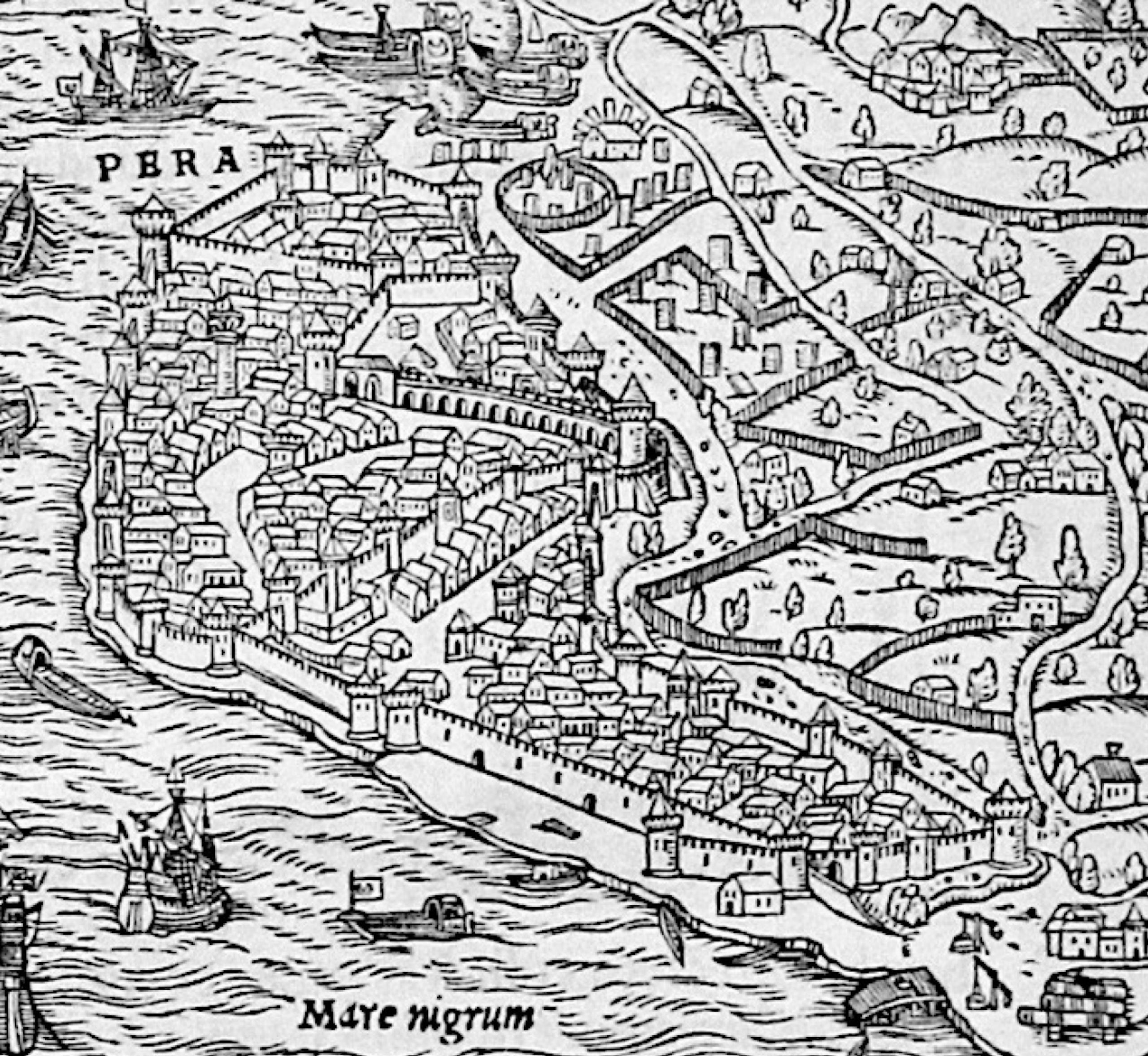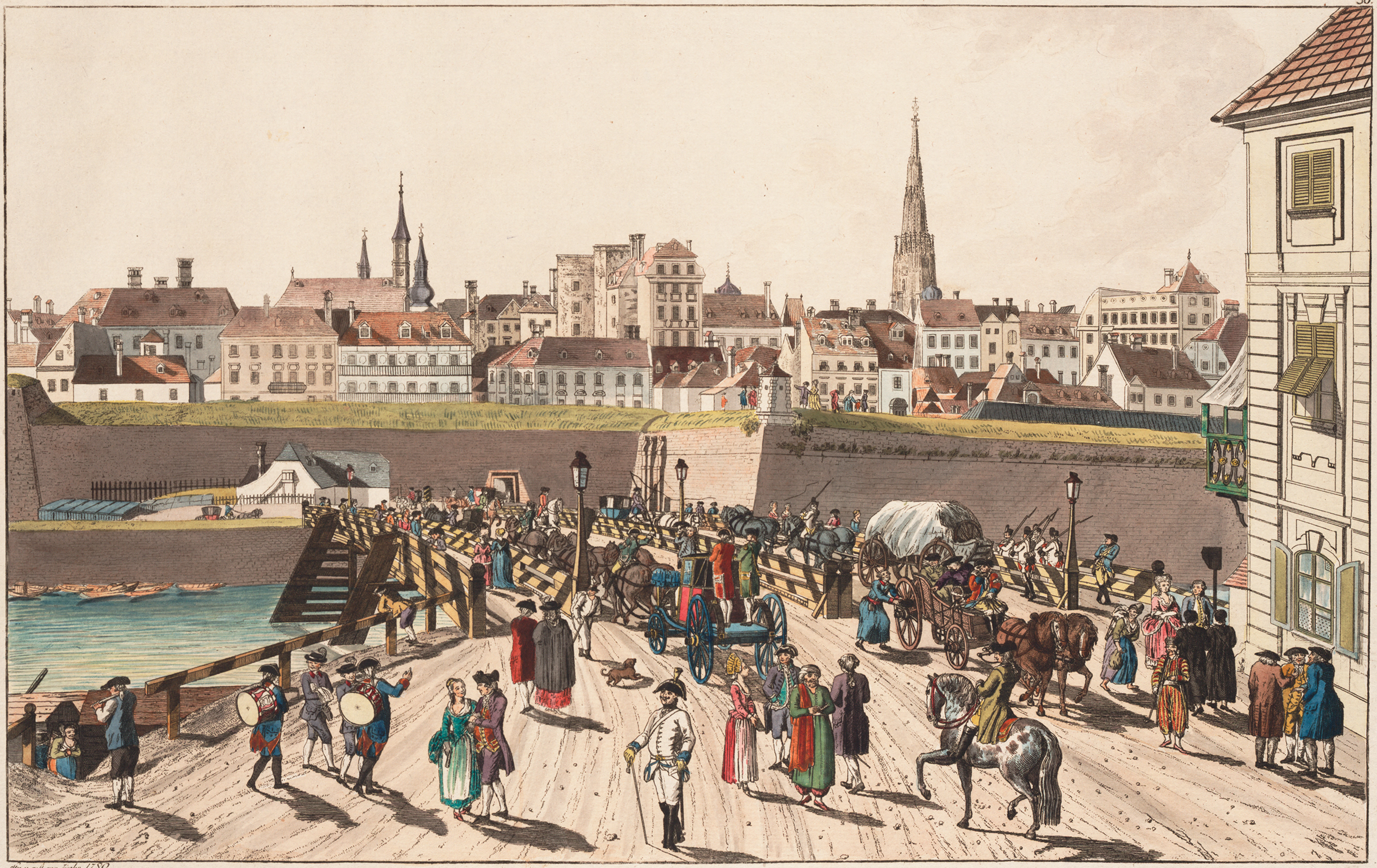Luca Orlandi and Velika Ivkovska, The Architectural Heritage in Galata: A Case of Vanishing Memory in Istanbul
Throughout the centuries the Galata district in Istanbul has been a unique crossroad of multicultural both tangible and intangible heritage. Unfortunately, during the past sixty/seventy years the district was and still is at a constant attack and at risk of disappearing due to its neglect and lack of enhancement especially within the growth of the 21st century Istanbul’s metropolis. Since the ancient times Galata, which is today a neighborhood within the Beyoğlu Municipality, maintained a distinctive character in the city’s physiognomy, due to social and cultural contribution of its inhabitants and people who lived there, forming a unique urban environment throughout the centuries. During the Byzantine Empire, with the establishment of the Genoese colony, Galata district, or Pera as it was also known in ancient Greek and Roman time, grew as a more ‘Italian’ and Latin city inside the core of the oriental Orthodox world, building up a unique architectural environment within an urban texture adapted to the morphology and the orology of the territory, linked to the surrounding hills and to the sea, completely different and independent from the [...]



